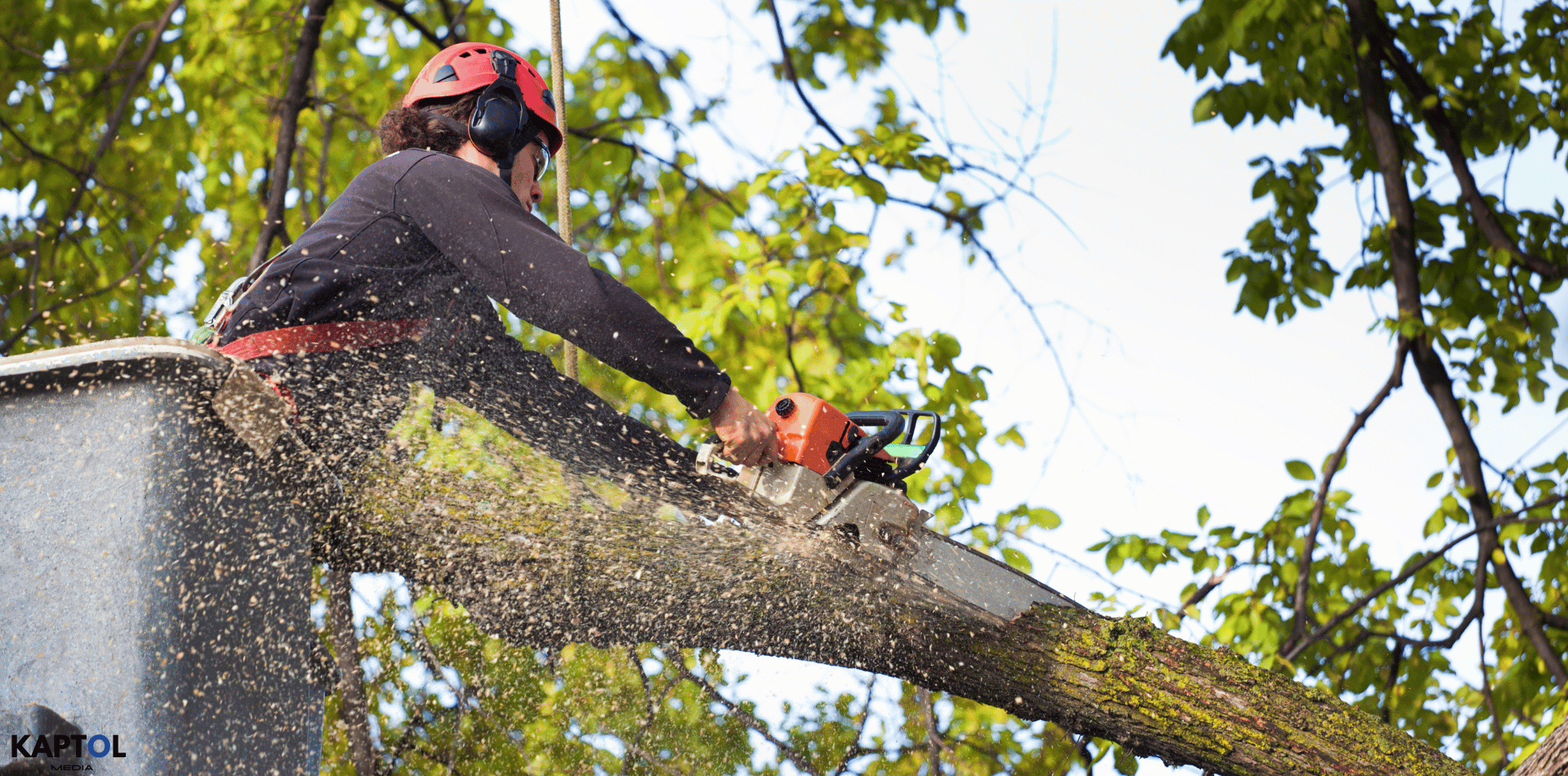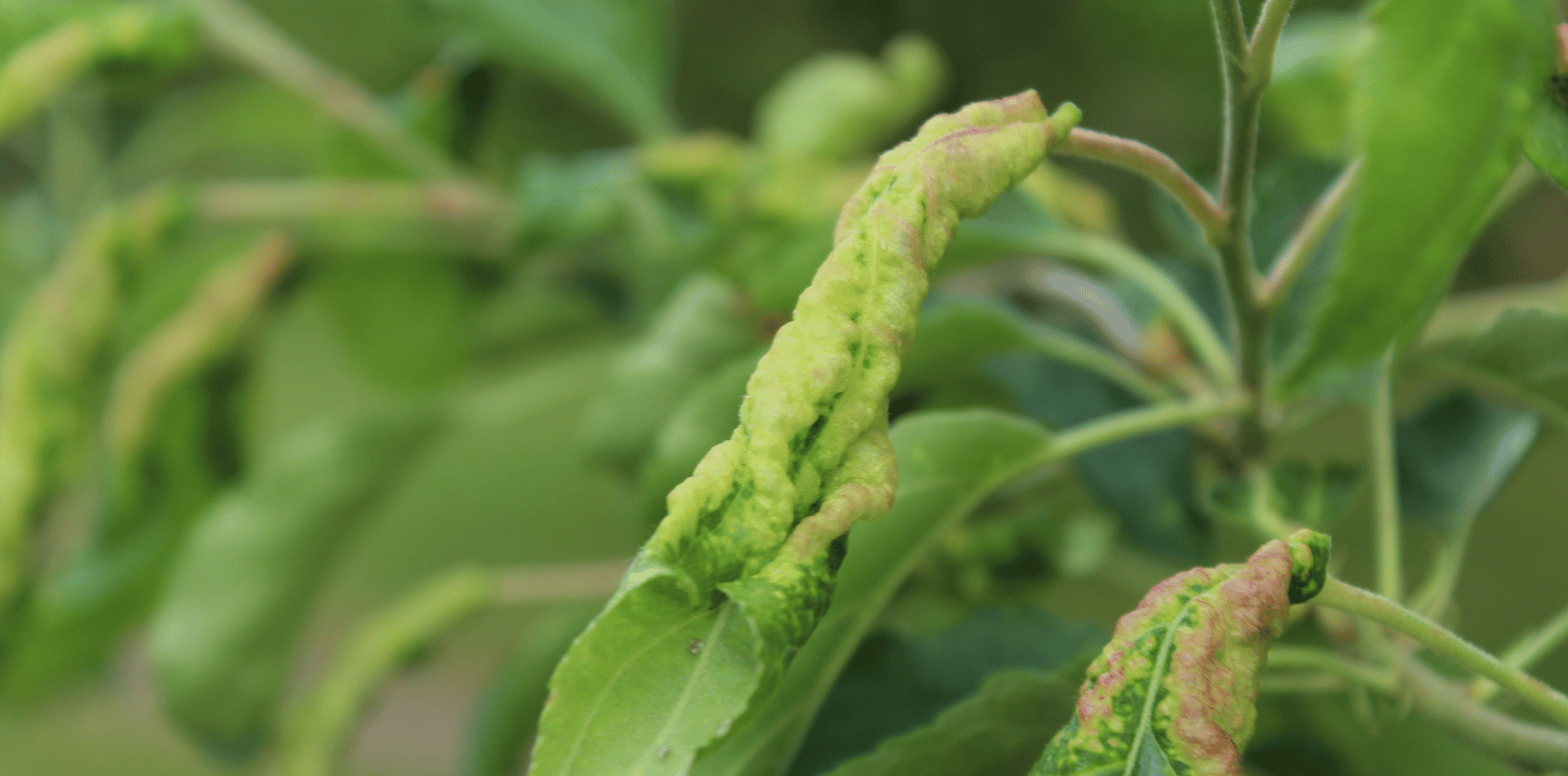What is the best time of year to remove a tree?
Professional Secret Revealed.
What is the best time of year to remove a tree?
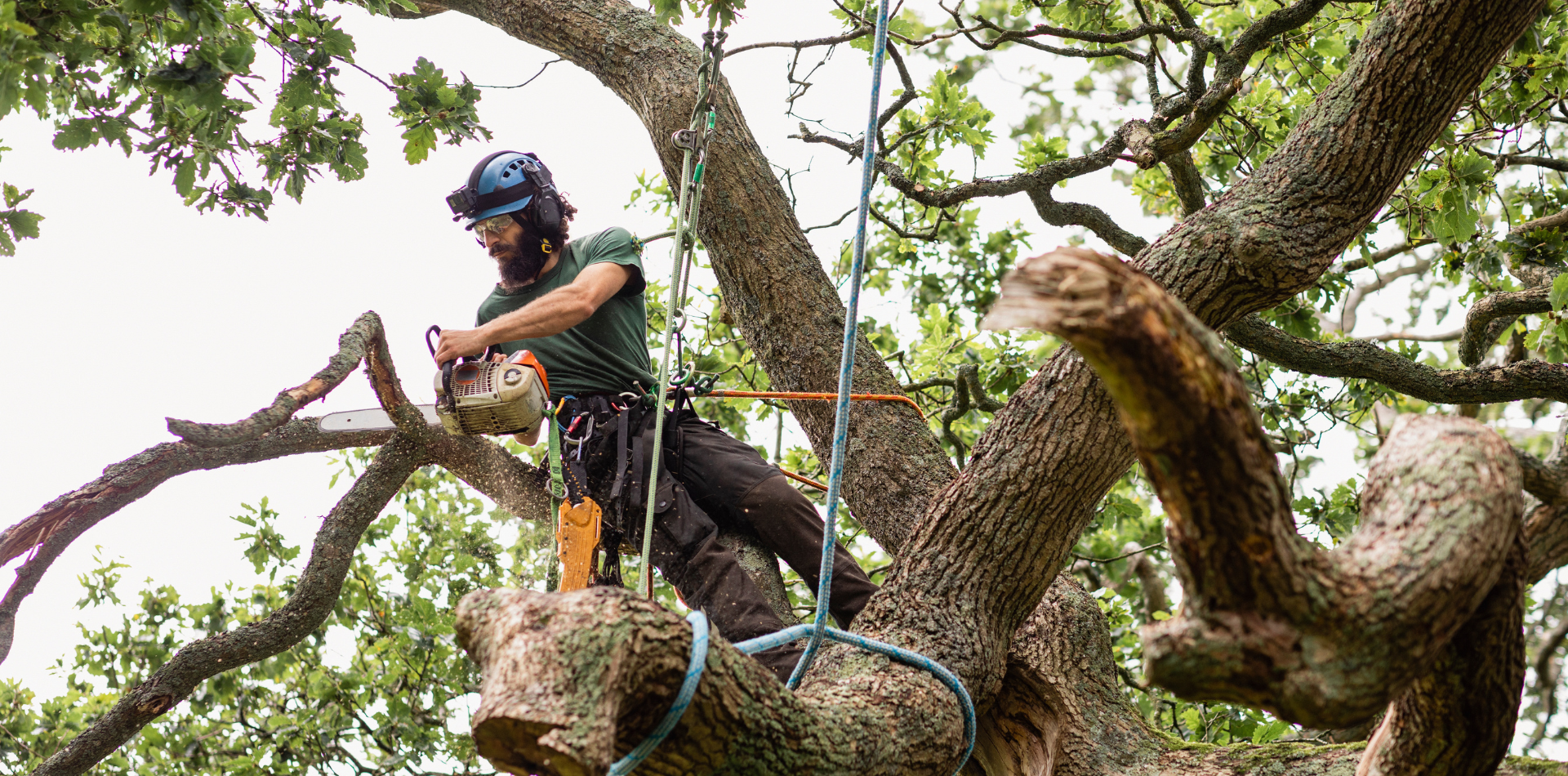
The best time of year to remove a tree largely depends on the reason for the removal, the tree species, and the local climate.
However, there are general guidelines that can help determine the most suitable time for tree removal to minimise stress on the tree (if it's alive) and to ensure safety and efficiency in the removal process.
Here's a detailed explanation of the considerations involved:
Dormant Season
For many trees, the dormant season, which occurs in late autumn through to winter, is often the best time for removal.
The reasons include:
Reduced Risk to Tree Health:
- For trees being removed for reasons other than disease or death, the dormant season minimizes the impact on the surrounding landscape and reduces the chance of transmitting pests or diseases that are more active during warmer months.
Easier Removal Process:
- Without leaves, trees are lighter and easier to handle, which can simplify the removal process and potentially reduce costs. The visibility of the tree's structure is also better, aiding in a more strategic removal.
Less Impact on Surrounding Vegetation:
- The surrounding vegetation is also dormant during this time, reducing the risk of damage to other plants and landscaping features.
Outside of Bird Nesting Season
Avoiding the bird nesting season is crucial to protect wildlife.
Removing trees during late spring or early summer can disturb or destroy nests, which is not only harmful to birds but may also be illegal in some areas.
Checking local wildlife protection guidelines is advisable.
After Leaf Drop

Removing trees after they have shed their leaves (but before very cold temperatures) can be ideal because it allows for easier cleanup and disposal of the tree material.
Emergency Situations
Regardless of the season, trees that pose an immediate risk due to structural instability, disease, or damage from storms may need to be removed promptly to ensure safety.
Considering the Tree Species
The optimal time for removal can also depend on the species of the tree.
Some trees have specific growth or sap flow cycles that might make removal more suitable at certain times of the year. For example, trees that are known to bleed sap heavily in early spring might be better removed in late autumn or winter.
Local Climate
In regions with severe winters, it might be practical to schedule tree removal before the first heavy snowfall to avoid complications related to snow and frozen ground. Conversely, in areas with wet seasons, removing trees during drier months can facilitate easier access to the site and reduce damage to the surrounding ground.
While late autumn to winter is generally considered the best time for tree removal, several factors should be considered, including the tree's condition, local wildlife and vegetation, tree species, and climate.
In cases where tree removal is not urgent, planning for the optimal time can lead to a safer, more efficient process with minimal impact on the surrounding environment. However, safety concerns or emergency conditions should always take precedence, necessitating immediate action regardless of the season.
Consulting with a professional arborist can provide guidance tailored to the specific situation and local conditions.


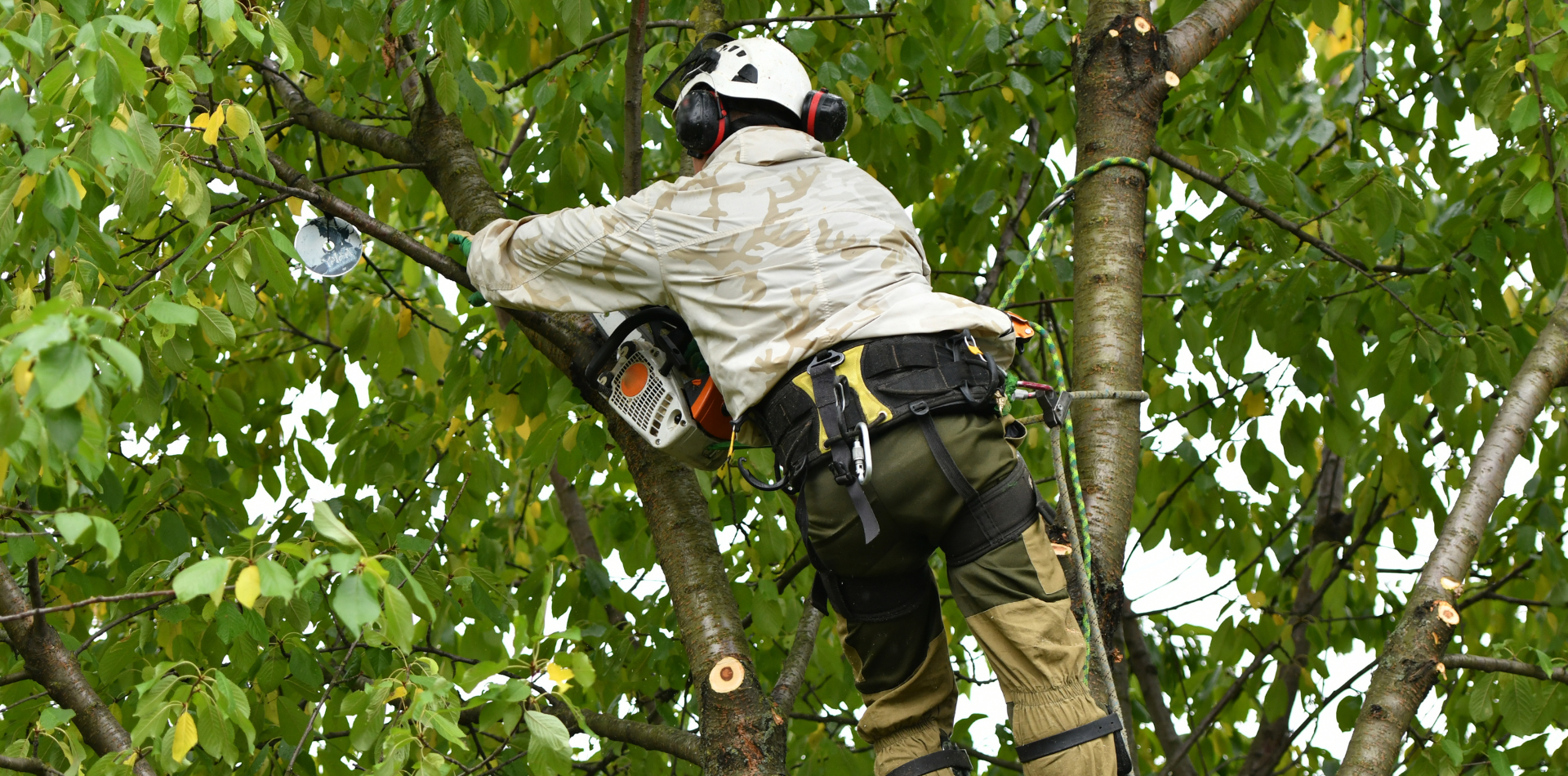
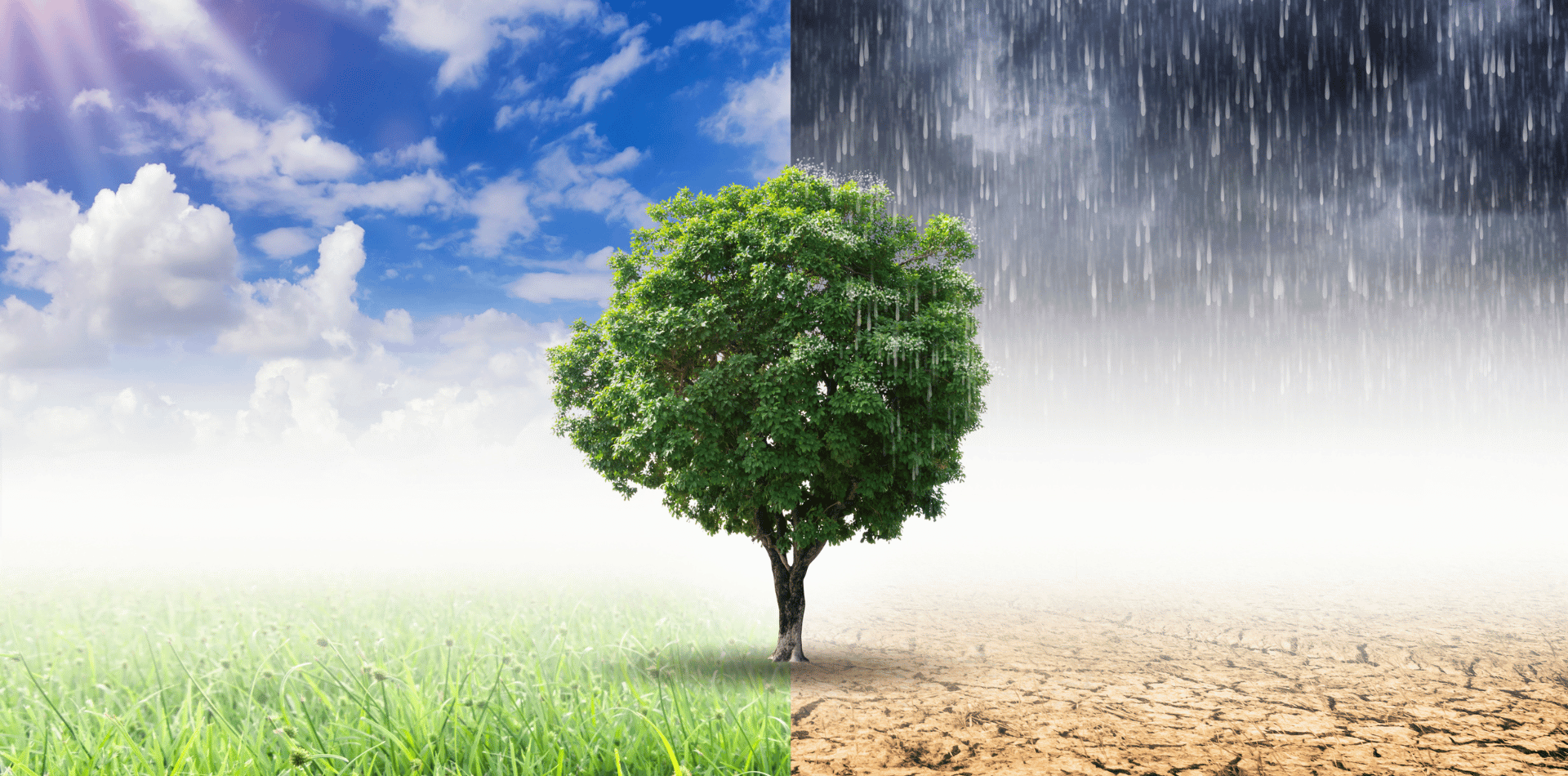
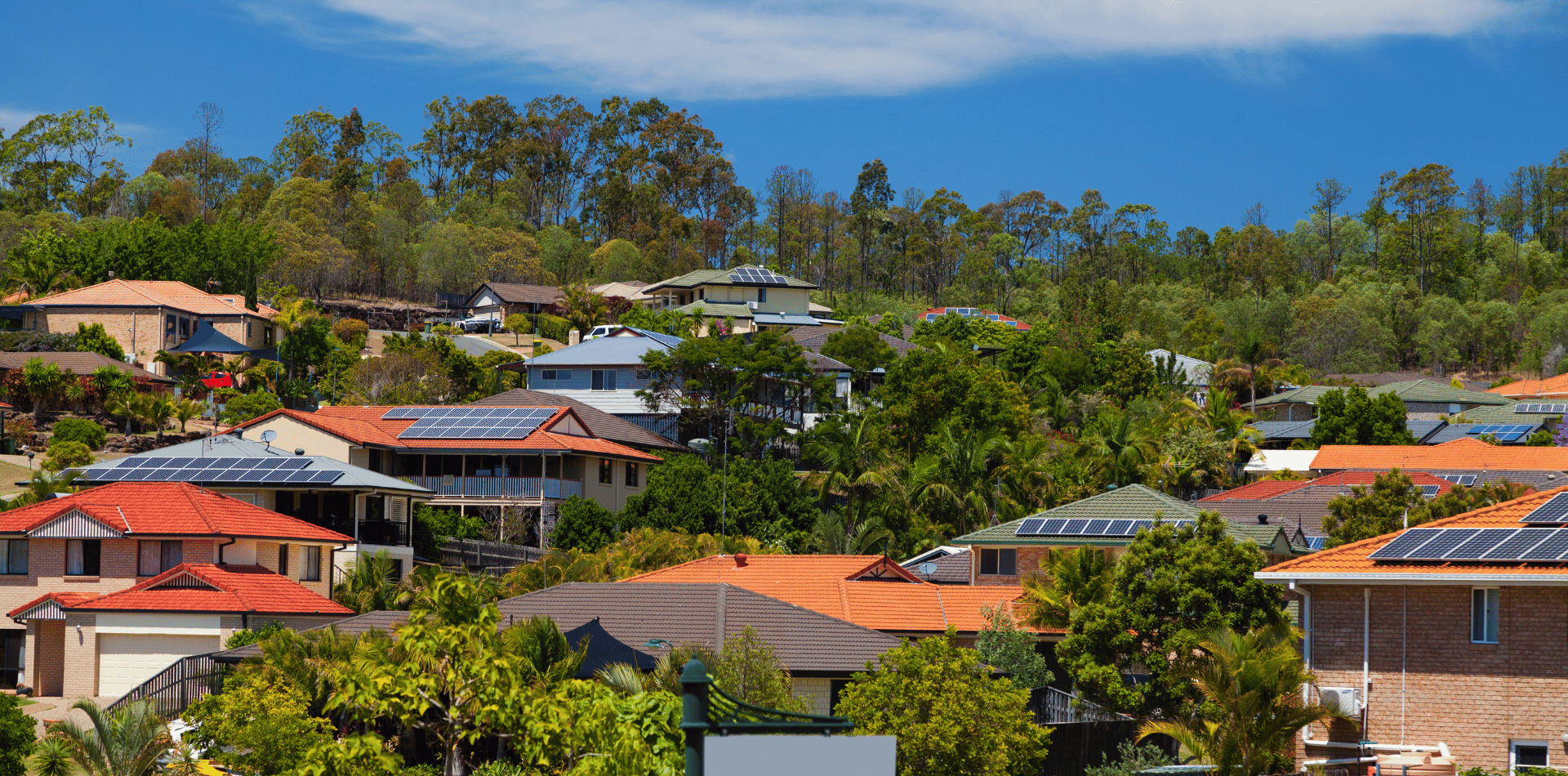
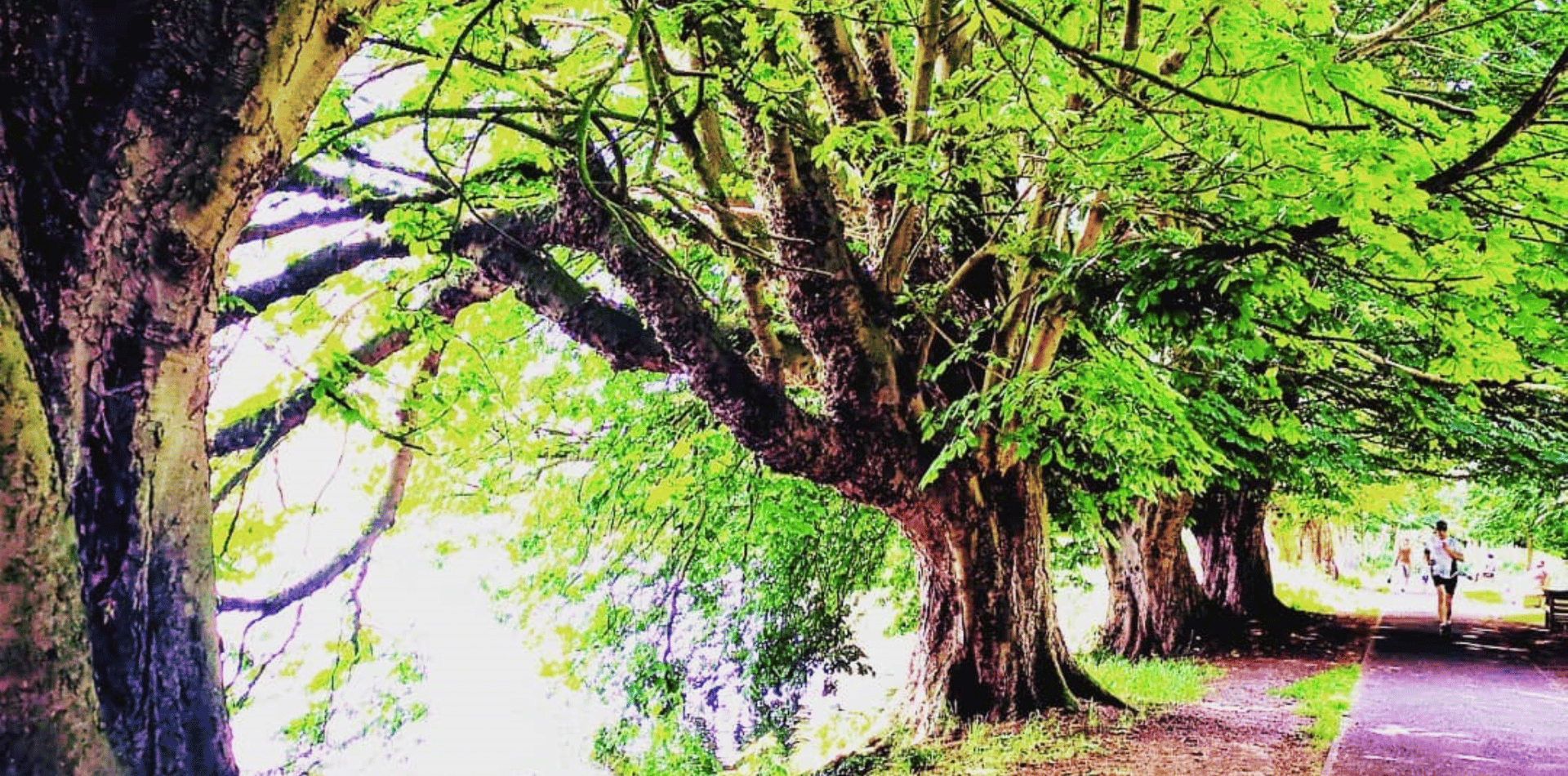
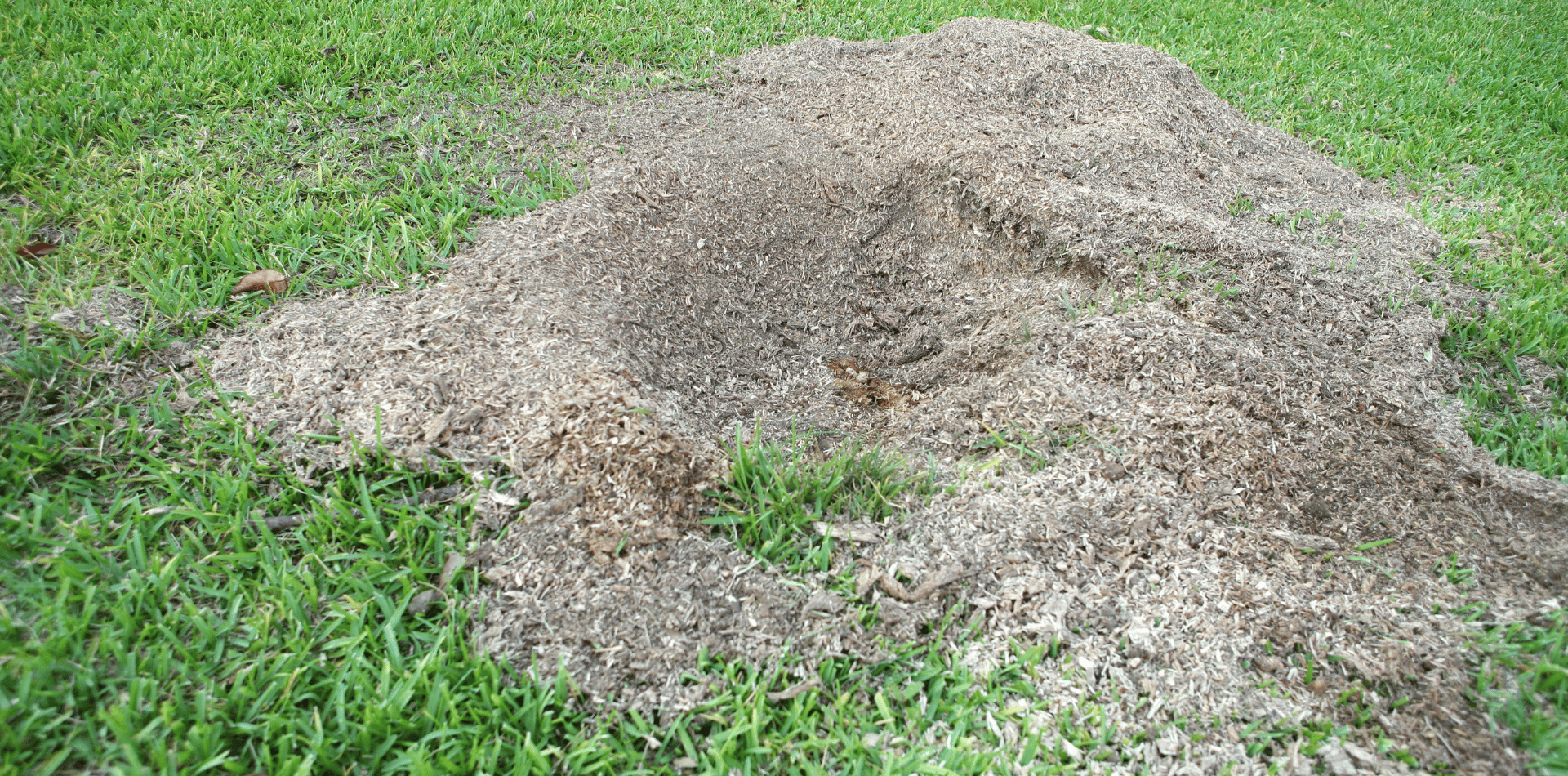

Contact
Kaptol Tree Removal Newcastle
A Member of the Kaptol Group
Powered by Kaptol Media

